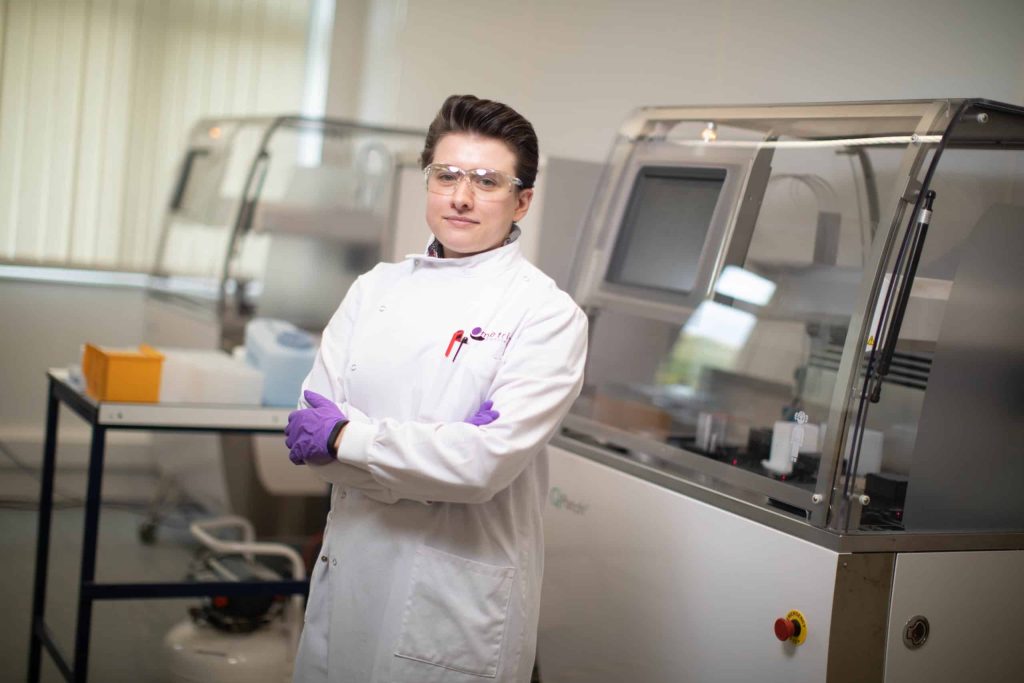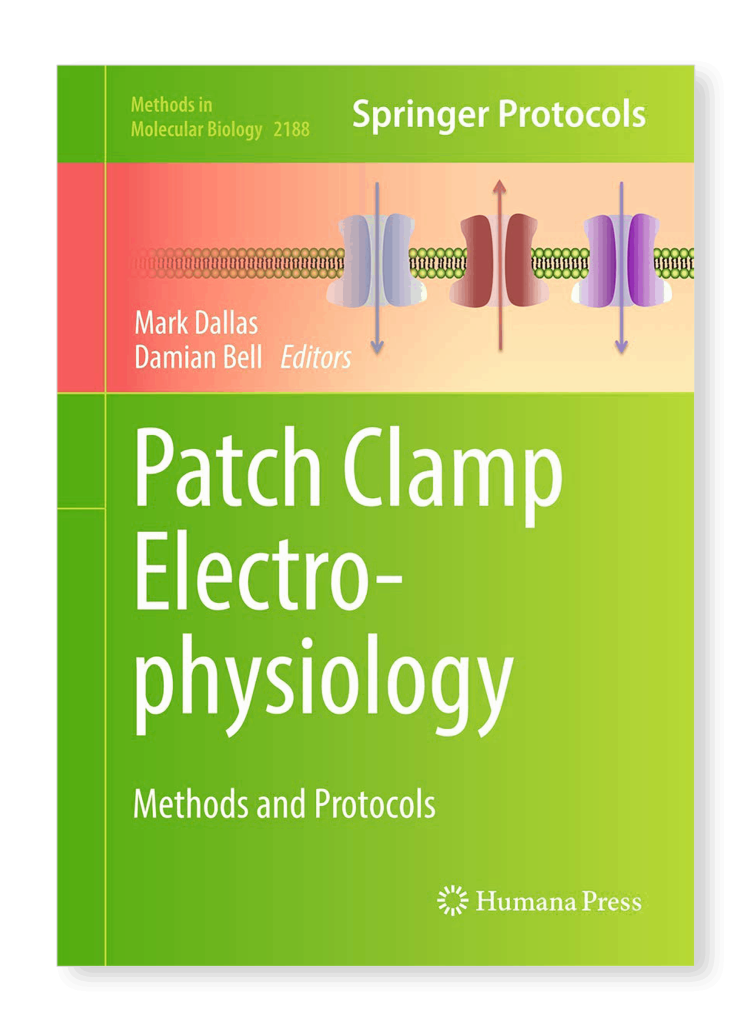Written by Dr Charlotte Hill
Metrion Scientist Dr Charlotte Hill explains how she first discovered the wonderful world of patch clamp electrophysiology and how she came to write the chapter “An Introduction to Patch Clamp Recording” alongside Dr Gary Stephens. This chapter is featured within the book “An Introduction to Patch Clamp Recording” edited by Dr Damian Bell and Dr Mark Dallas. The book is available via Springer here.

“I graduated from King’s College London with a BSc in Pharmacology in the summer of 2008, which was at the height of the financial crisis. It was not a great time to find a job and my personal tutor recommended that I pursue an MSc in Toxicology at the University of Surrey. This intensive, one-year course not only introduced me to my future husband, but also electrophysiology. However, I didn’t get to do any electrophysiology until I started my PhD at the University of Reading in early 2011. The project was funded by GW Pharmaceuticals and Otsuka Pharmaceutical, with Prof. Ben Whalley and my supervisors Prof. Gary Stephens and Prof. Claire Williams overseeing the research. My PhD project focused on trying to elucidate the anti-convulsant mechanisms of action of non-psychomimetic components of the cannabis plant.
The first task of my PhD was to learn how to do current clamp recordings from acute brain slice preparations, which I now know to be incredibly difficult, even for a seasoned patch clamper and I remember many people telling me that it was “character-building”. In my second year, I learnt how to do extracellular recordings from brain slices using multi-electrode arrays (MEAs). In my third year I was doing both patch clamp and MEA recordings in brain slice epilepsy models (not at the same time, but it would have been awesome).
In 2014, while I was still writing my thesis, I started working in the Ion Channels group at BioFocus, which had recently been acquired by Charles River. It was there that I was first introduced to automated patch clamp with the PatchXpress, and I remember thinking, “Yikes, one of these machines is the equivalent to sixteen of me”. I took several opportunities to work in other departments, such as High-Throughput Screening, Compound Logistics and Informatics, so needless to say this job taught me a lot.
I moved to Dublin in early 2017 because my husband was offered a post-doc at the Royal College of Surgeons in Ireland and I subsequently got a job as a technician at University College Dublin. I was given the opportunity to update and design new practicals for the undergraduate students studying Pharmacology and Neuroscience, and I used my experience in industry to give lectures about Drug Discovery.
In the summer of 2019, I was contacted by my PhD supervisor Prof. Gary Stephens with the offer to co-author a book chapter on patch clamp methods, as he thought parts of my thesis would form a useful base for it. The chapter is an introduction to the patch clamp method, which includes its history, the various configurations and its many applications. There are even a couple of photographs of my old rig, on which sits my electrophysiology totem – a miniature rubber duck called Static.
Working on this chapter made me realise how much I had missed doing electrophysiology., therefore when Metrion advertised for an electrophysiologist, I applied straight away. Getting back into e-phys. (especially automated patch clamp) and drug discovery after a few years away felt like putting on an old, cosy jumper. However, do not assume that I sit back and take it easy, I’m conscious that I still have a lot to learn and working at a CRO is just as busy as I remember it.”

